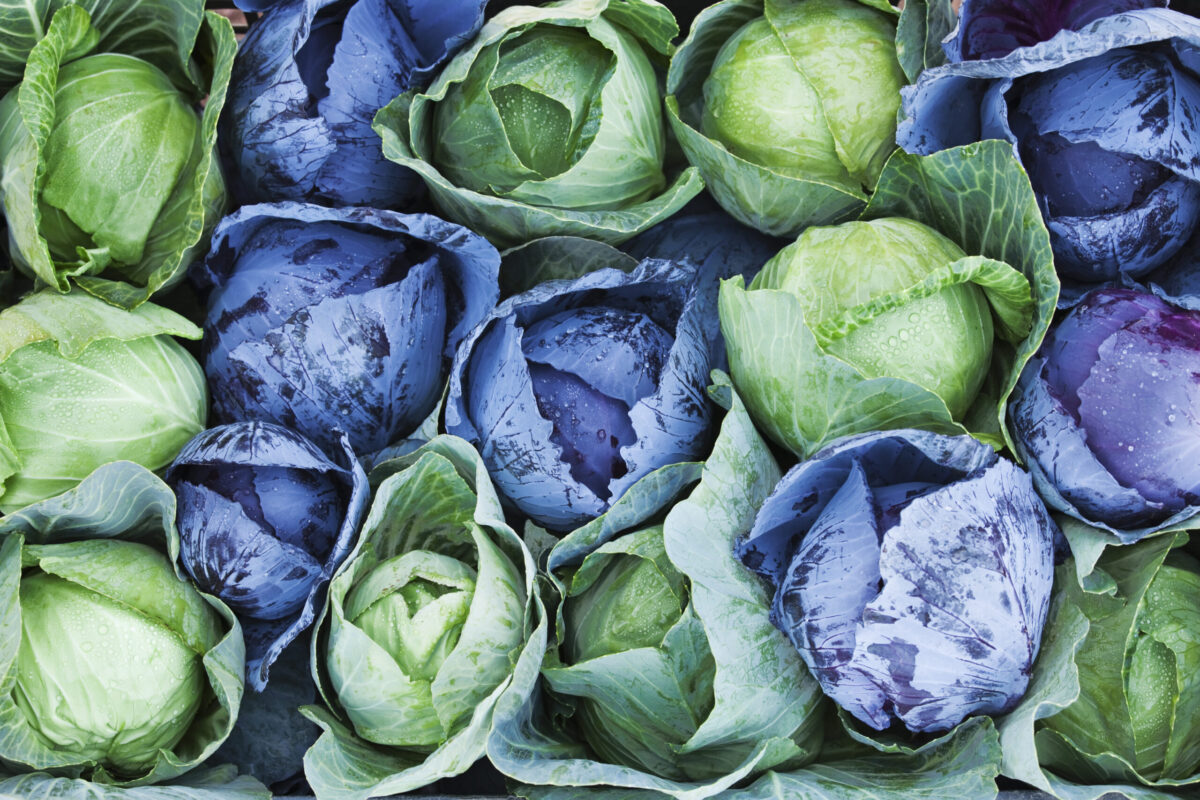If you’re looking to add a healthy food item to your diet, look no further than cabbage. It offers real health benefits and is also budget friendly.
“Cabbage is a great addition to your plate,” says Erica Fleming, a registered dietitian with BlueCross BlueShield of Tennessee. “In fact, it has more advantages than you might realize.”
Health benefits of cabbage
Erica Fleming: Adding more fruits and vegetables to your diet can improve your health. There are also health benefits specific to cabbage that make it worth adding to your diet.
1. Cabbage is low in calories
Looking to add some heft to your diet without a lot of calories? A cup of chopped green cabbage has about 22 calories, per the U.S. Department of Agriculture.
2. Cabbage offers plenty of nutrients
You’ll get about 56% of your recommended daily allowance of vitamin K, 10% of your folate, and 36% of your vitamin C from a cup of raw green cabbage. Red cabbage delivers a healthy punch of antioxidants that fight inflammation, due to anthocyanins, the compounds that give it its rich color.
3. Cabbage is good for your gut
Green cabbage has about 2 grams of fiber per cup. It also contains both soluble and insoluble fiber, which helps keep your digestive system functioning smoothly. Fiber can help you keep your cholesterol levels in check. It can also help you feel full longer.
4. Cabbage is good for your eyes
We usually think of carrots as being good for your eyes due to carotenoids, a type of nutrient and antioxidant that comes from the pigment that gives them their color. Cabbage also contains carotenoids like beta carotene, lutein, and zeaxanthin, which are important for eye health. They can help reduce the risk of macular degeneration, an eye condition in which the retina begins to deteriorate, and you begin to lose your central field of vision.
3 additional benefits of cabbage
Cabbage is versatile
Depending on what type of cabbage you prefer, you can do many things with this vegetable. Add some shredded cabbage to your soups or stews, stir cabbage in with a stir-fry, or top your fish tacos with a little cabbage salad. You can even ferment cabbage and make your own sauerkraut.
Cabbage is widely available
You can find cabbage at your favorite supermarket or the nearest farmer’s market. Plus, there’s always a variety in season, so you have easy access to cabbage all year ‘round.
Cabbage is relatively inexpensive
Cabbage is much less expensive than lettuce. Even bags of already-shredded cabbage are relatively inexpensive. You can also store cabbage so that it lasts longer, so you don’t have to throw it out after a few days. A head of cabbage wrapped in plastic can last as long as two months in the crisper drawer of your refrigerator. You can also blanch cabbage and then freeze it. It should keep for up to nine months.
WellTuned: Refrigerator 101: How to use your crisper + what to store where
Try different varieties of cabbage
Erica Fleming: You may automatically look for the heads of green cabbage in the produce section of your supermarket. When choosing a head of cabbage, look for a head that’s firm and heavy, with crisp-looking leaves. Avoid the heads that have a lot loose leaves or contain blemishes.
Green cabbage is just one of many types of cabbage that you can incorporate into your diet. You can also test out red cabbage, Napa cabbage, or savoy cabbage. Other popular members of the cabbage family include kale, brussels sprouts, and bok choy.
Don’t be afraid to experiment with cabbage. You can try new herbs and spices such as caraway seed and onion powder or use vinegars such as apple, red wine and rice vinegar to punch up the flavor.
More from Erica Fleming on WellTuned
Get more information about specific health terms, topics and conditions to better manage your health on bcbst.com. BlueCross BlueShield of Tennessee members can access wellness-related discounts on fitness products, gym memberships, healthy eating and more through Blue365®. BCBST members can also find tools and resources to help improve health and well-being by logging into BlueAccess and going to the Managing Your Health tab.


